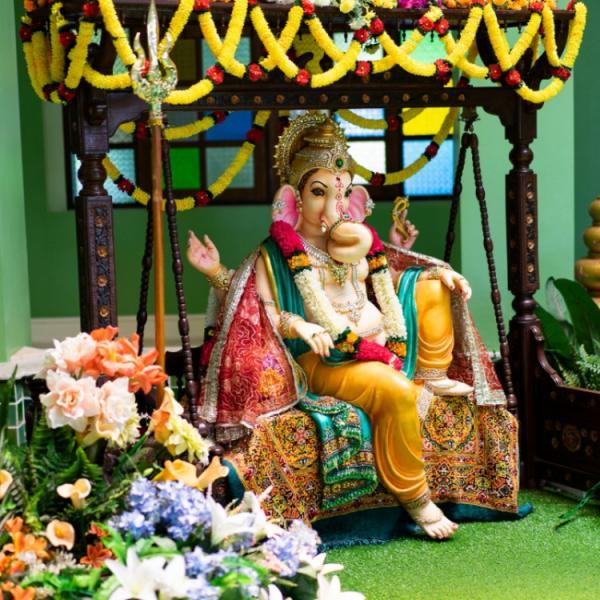
Know the significance and symbolism of each aspect of Lord Ganesha’s form
Ganesha, the Hindu God is worshipped by many. The son of Lord Shiva and Devi Parvati, Ganesha is known by many names such as Ganapati, The Remover of Obstacles, Lambodara, Vinayaka, Gajanana and many more. Devotees pray to Lord Ganesha for removing barriers of all kinds, for new and happy beginnings and for good fortune.
The “Ga” in Ganesha means “knowledge”, “na” means “salvation” and “isha” means “lord”. Ganesha has the head of an elephant and is thus, notably distinguishable. Have a look at the fascinating symbolism behind Lord Ganesha’s form.

- Since in forests, elephants, by walking through the dense forest and the wood, pave the way for all the other animals, Lord Ganesha too with the head of an elephant, is known to pave the way for the devotees and remove all barriers and obstacles from their way.
- The large head represents Lord Ganesha’s wisdom, intelligence and powerful thinking capabilities. While the large ears represent Lord Ganesha’s ability to listen more and the ability to hear the prayers and troubles of the devotees.
- The trunk of Lord Ganesha symbolises the adaptability and efficiency to deal with different circumstances and situations in life.
- The axe in Lord Ganesha’s hand represents righteousness, truth and the ability to repel obstacles while the modak represents the bliss and joy of spiritual pursuit.
- The lotus in the other hand of Lord Ganesha’s represents the sweetness of self-realisation, while the rope represents the force that brings the devotee close to God and to spiritual knowledge.

- The belly of Lord Ganesha represents the ability to patiently and joyously experience the good and bad things in life.
- The mouse represents the wavering human desire and ego that Lord Ganesha controls. Lord Ganesha choosing a mouse as the vehicle also represents humbleness and the fact that all of us are equal.
Also Read: THESE zodiac signs are made for marriage and will make perfect life partners


